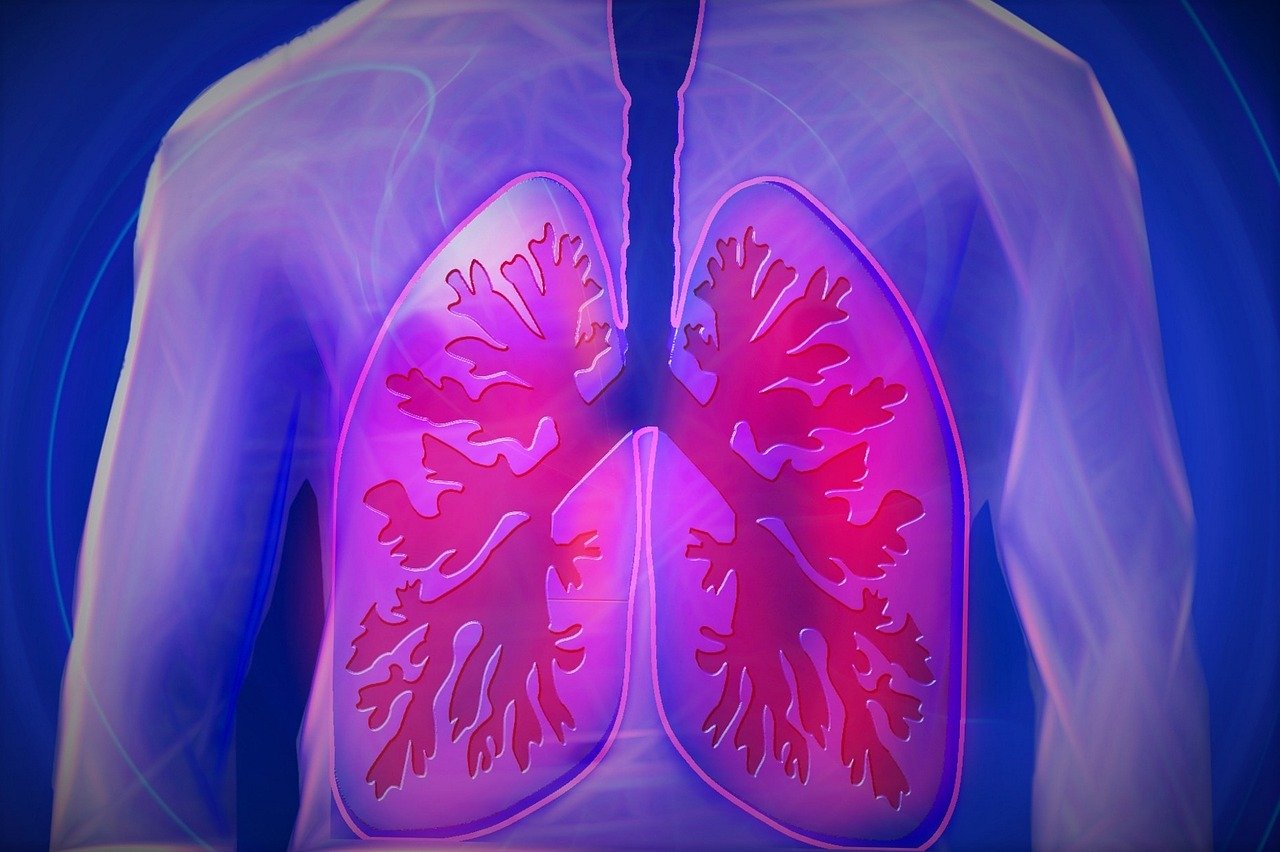Início Manejo clínico em pacientes com diagnóstico de coinfecção Tuberculose/HIV
Tuberculose

Manejo clínico em pacientes com diagnóstico de coinfecção Tuberculose/HIV
Resumo:
INTRODUCTION: Tuberculosis (TB) is one of the oldest and most lethal infectious diseases in human history. Vulnerable groups, such as people experiencing homelessness and individuals with Human Immunodeficiency Virus (HIV), are particularly affected. Accurate diagnosis is essential, and treatment is standardized by the Brazilian Unified Health System (SUS). Coinfection with HIV amplifies the challenge, making early diagnosis crucial. This scientific review explores the complexities of TB and HIV, analyzing strategies to address this duality in public health. REVIEW: The article covers tuberculosis and HIV history, highlighting their historical impact and evolution in diagnosis and treatment. It emphasizes the importance of early diagnosis and appropriate treatment to control these diseases, which remain public health challenges in Brazil and around the world. DISCUSSION: Robust public policies are essential to ensure universal access to diagnosis, antiretroviral treatment, and appropriate antimicrobial therapy. Active pharmacist surveillance of treatment adherence is crucial to prevent resistance, drug interactions, and enhance clinical outcomes. Continuous patient education regarding treatment adherence and transmission prevention is determinative. Therefore, effective interventions not only improve patients' quality of life, but also curtail the spread of these diseases, contributing to public health. FINAL CONSIDERATIONS: The importance of early diagnosis is emphasized, especially in vulnerable populations where coinfection presents challenges. There is a need for public policies to ensure access to diagnostic services, antiretroviral treatment, and antibacterial therapy, as well as the importance of monitoring treatment adherence to prevent drug resistance. Patient education is crucial to enhance treatment adherence and preventive measures.
Keywords: coinfection, HIV, public health, treatment, Tuberculosis.
Expandir Resumo
Acessar Texto Completo

O impacto do tratamento do cliente com tuberculose internado em uma unidade hospitalar: uma revisão de literatura
Resumo:
Introduction: Despite being treatable and curable, tuberculosis can evolve to the severe form that requires hospitalization of the client for an effective recovery, especially when the diagnosis of compulsory diseases is evidenced. The study aims to discuss in the literature the respiratory isolation related to the client with tuberculosis in the hospital environment. This is a literature review study, with a qualitative approach, which had the following research question: How the literature discusses respiratory isolation related to the client with tuberculosis in the hospital environment. The analyzed studies allowed the identification of the thematic unit “Respiratory isolation related to the client with tuberculosis in the hospital environment” and the following categories: 1 The view of the cost of the client with tuberculosis in the hospital environment; 2 Care for clients with tuberculosis in the hospital environment. Review and discussion: To define the search, the inclusion criteria were used: articles available in Portuguese, in the time frame from 2014 to 2018, on the Virtual Health Library website, with the descriptors: Tuberculosis; Respiratory failure; Hospitalization and from 2012 to 2018 in Google Scholar, with the study them. Final considerations: It highlighted the importance of primary care, so that the patient with tuberculosis does not complicate, as this in the hospital environment increases hospitalization costs, as well as may require unconventional treatments for the disease, either due to the multidrug resistance or the individual's aggravated condition.
Keywords: client, hospitalization, respiratory failure, isolation, tuberculosis.
Expandir Resumo
Acessar Texto Completo

Ocorrência da tuberculose em profissionais da Saúde entre os anos 2014 e 2018 no Amapá
Resumo:
Background: Studies indicate that health professionals are highly exposed to the risk of infection with Mycobacterium tuberculosis, which causes tuberculosis. In the state of Amapá, there are still no studies specifically targeting tuberculosis in healthcare professionals. Objective: Survey on the occurrence of tuberculosis in health professionals in the state of Amapá between the years 2014 and 2018. Material and methods: It is a descriptive study with a quantitative approach in which secondary data obtained from the Notifiable Diseases Information System (SINAN) through the State Health Surveillance Superintendence (SVS) were used. The collected information was transferred to a spreadsheet in the Microsoft Excel 2010 application and then to the Tabwin program version 4.1.5, where the results were calculated and tabulated. Results and discussion: 28 cases of tuberculosis in health professionals were diagnosed between 2014 and 2018 in the state. The municipality of Macapá recorded the highest number of cases (85.7%), the predominant form was pulmonary (90%), female (68%) and brown race (68%) were more affected and the age group from 20 to 29 presented the highest number of cases. Conclusion: The importance of completeness in the data provided by SINAN and the importance of knowledge of the presence of tuberculosis in health professionals in the state are emphasized.
Keywords: epidemiology, Mycobacterium tuberculosis, health personnel, Amazon region, public health, Tuberculosis.
Expandir Resumo
Acessar Texto Completo

